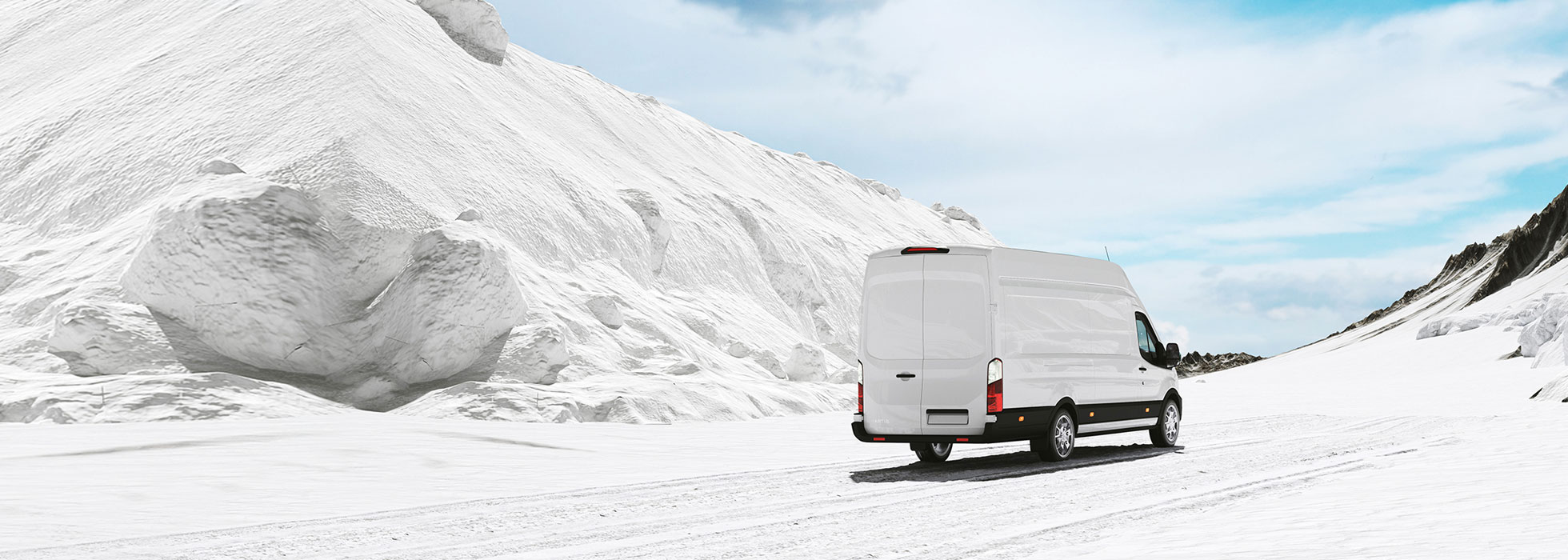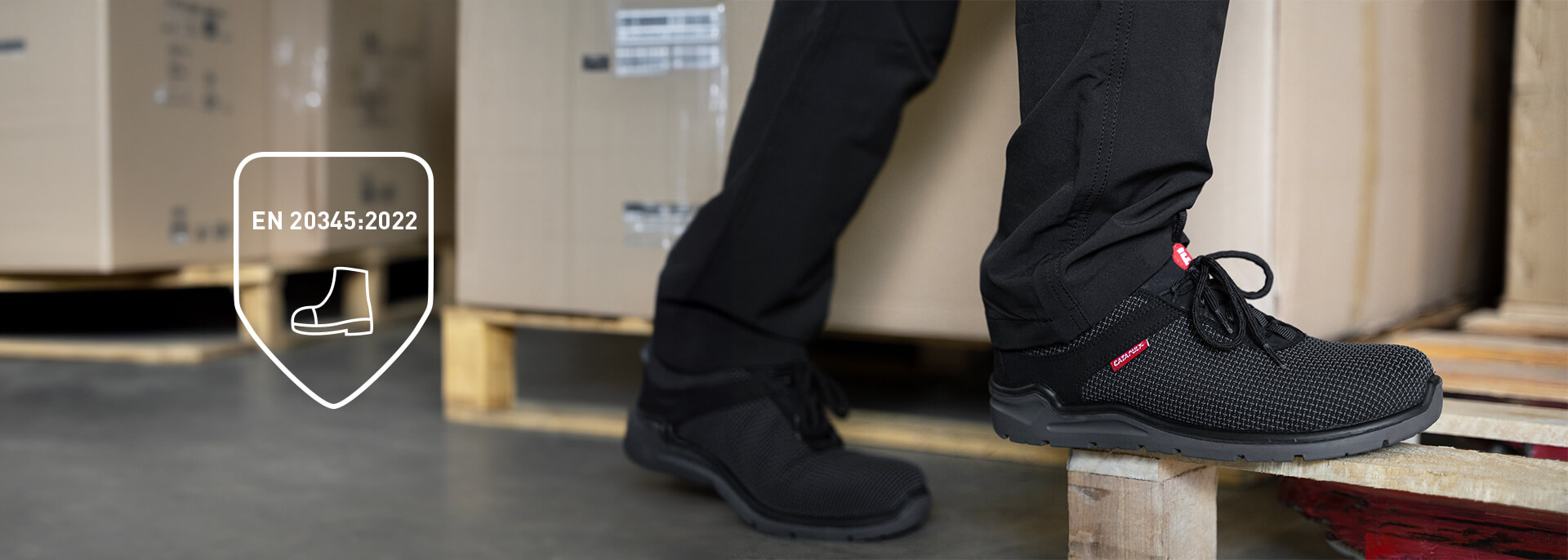
Our Products
Safety first: The Ultimate Guide to Head Protection

The head is one of the most vulnerable parts of our body, and injuries in this area can have serious consequences. Therefore, it is crucial to wear the appropriate head protection in the workplace, especially in environments with extreme temperatures below 0°C.
What kind of head protection is recommended in different areas?
Wearing head protection may be required in various work environments and situations to ensure the safety of employees. However, the type of head protection may vary depending on the work environment.
In cold storage or warehouses, balaclavas, caps, and hoods are commonly used.
Safety helmets - of special types as well - are used in logistics and fleet management depending on the activity. There are also special helmet types for specific work areas where there are specific hazards.
Ultimately, it is the responsibility of the employer to provide the correct head protection to employees.
Why is wearing head protection mandatory in many areas?
Wearing head protection is mandatory to ensure the safety of employees and prevent potential head injuries. This is stipulated in § 30 "Use" of the DGUV Regulation 1 "Principles of Prevention." The specific type of head protection required depends on the working conditions and potential hazards in a particular work environment.
What does DIN EN 397 say about protective helmets?
DIN EN 397 is a European standard that specifies the requirements for protective helmets in industrial work environments. It covers basic requirements for protective helmets, such as impact absorption, penetration resistance, chin strap attachment, and flammability. It also includes protection against lateral deformation of the helmet. The protective helmet should provide protection at very low temperatures (down to -20/ -30 degrees Celsius) as well as at very high temperatures (up to 150 degrees Celsius). According to EN 397, protective helmets must be marked. The standard must be indicated on the helmet, as well as the name and mark of the manufacturer, the year and quarter of manufacture, the helmet type, size, and size range (head circumference in cm), and a short code for the helmet material. Additionally, the helmet should be compatible with other accessories (hearing protection, eye protection, or similar).
Why is head protection necessary for employees in low-temperature areas?
In very low-temperature areas, the head plays a crucial role in maintaining body temperature. Here are some facts about protecting the head in such conditions:
- Workplace Safety: Employee safety and protection are paramount. Caps and balaclavas not only provide warmth but also protection against cold, wind, and other environmental factors. In extremely low-temperature conditions, facial protection is often necessary to prevent frostbite and heat loss. Balaclavas that cover the entire face or at least the lower part of the head provide this protection.
- Insulation and Warmth: Caps, cold protection hoods, and balaclavas are equipped with high-quality insulation materials to retain heat on the head. These materials, such as synthetic materials, are highly effective at keeping the head warm and promoting blood circulation. The absence of head protection can lead to impaired circulation in the fingers, toes, and other extremities.
- Breathability, Fit, and Comfort: Despite the cold, it is important for head protection to be breathable to wick away moisture and sweat. This prevents the head from becoming wet, which can lead to hypothermia. Additionally, the proper fit is crucial to ensure that head protection is comfortable and does not shift. Workers need to rely on their caps and balaclavas to ensure their safety and warmth.
- Durability: When working in low-temperature environments, the durability of head protection is essential. High-quality materials and construction are necessary to withstand the rigors of the job.
What materials are suitable for headwear?
Various materials are suitable depending on specific requirements and preferences. Here are some materials commonly used for caps and balaclavas:
It is important to note that some materials, such as Thinsulate, are specifically designed for extreme cold conditions and are therefore particularly suitable for such situations. Other materials, such as waterproof fabrics, are ideal for protecting the head from rain and snow. The choice depends on individual requirements and prevailing weather conditions. In some cases, a combination of different materials in headwear may be the best solution to achieve the desired properties.
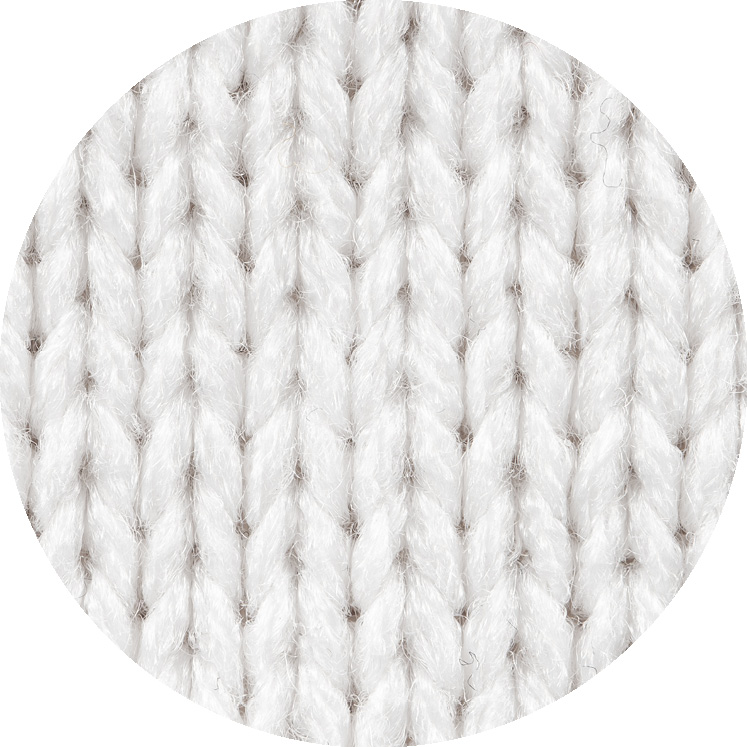
Wool
Properties: Excellent insulation, natural fiber, breathable.Suitable for: Cold and dry weather conditions, everyday wear, outdoor activities.
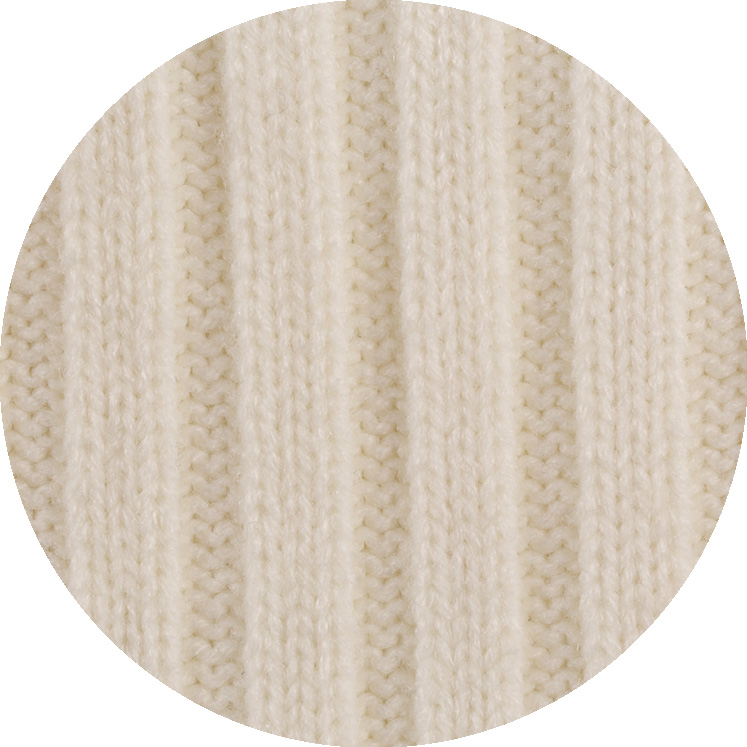
Polyacrylic
Properties: Good insulation, less susceptible to moisture than wool, lightweight, quick-drying, easy to care for.Suitable for: Cold and damp weather conditions, outdoor activities, everyday wear.
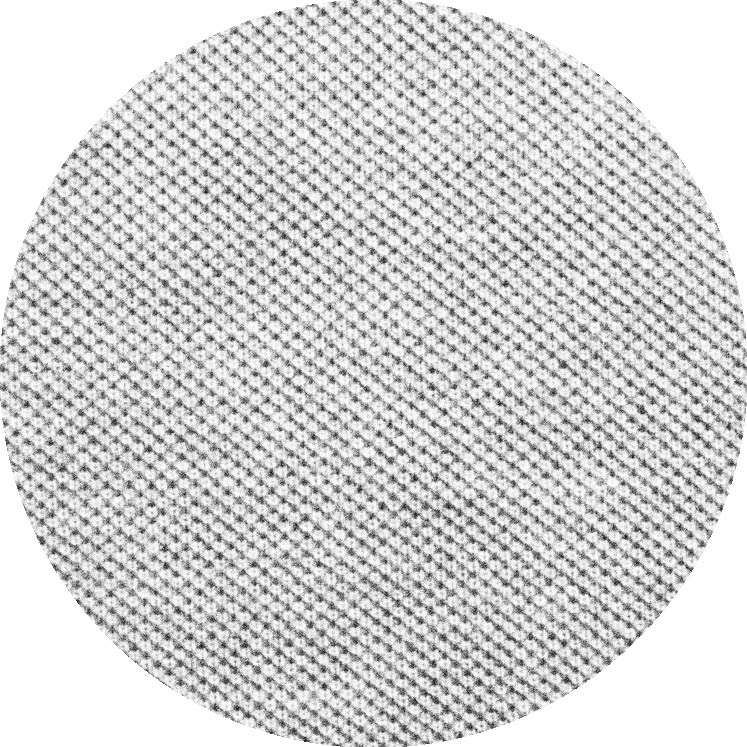
Polyester
Properties: Versatile, lightweight, durable, quick-drying, easy to care for.Suitable for: Various weather conditions (depending on thickness), everyday wear, sports.

Thinsulate
Properties: Microfibers for warmth and moisture management, lightweight and thin.Suitable for: Extremely cold conditions, outdoor activities, sports.
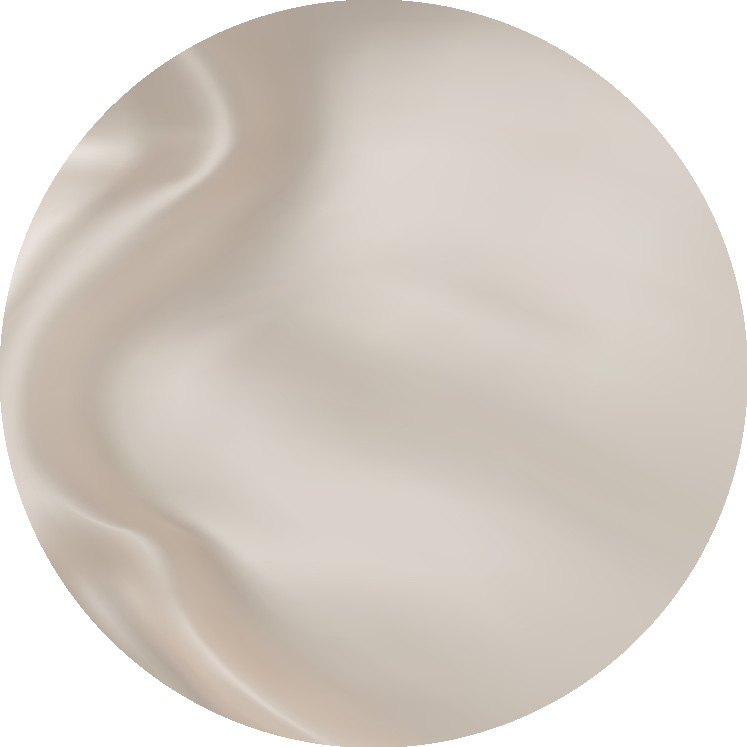
Blended Fabrics
Properties: Combination of different properties like insulation, breathability, and water resistance.Suitable for: Various weather conditions and activities, depending on composition and design.
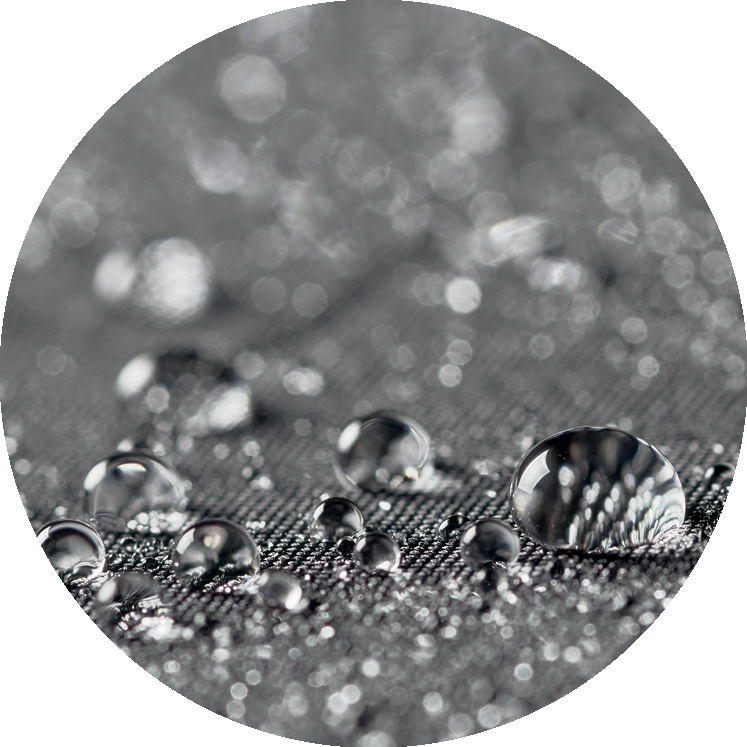
Waterproof Materials
Properties: Protection against rain and snow, water-resistant.Suitable for: Rainy and snowy conditions, winter outdoor activities.
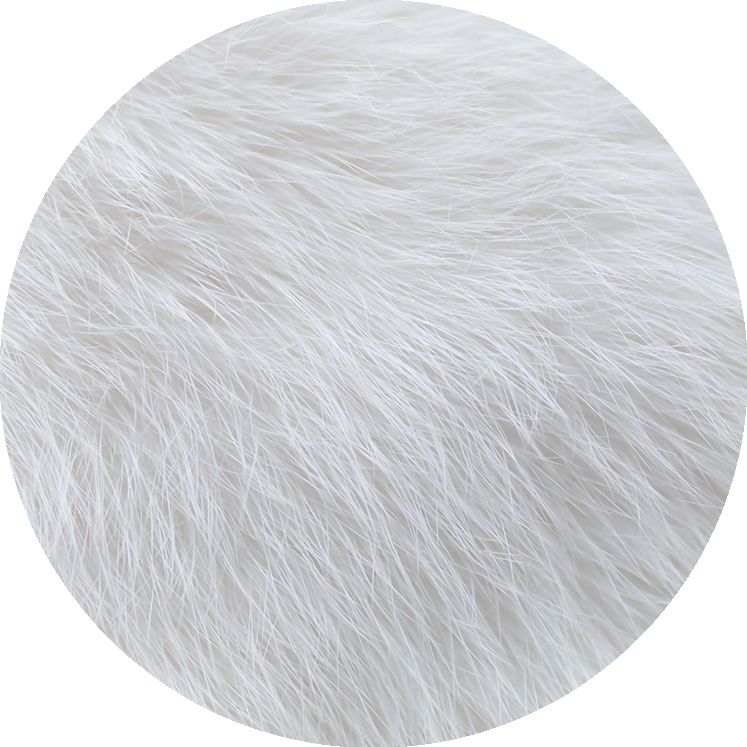
Fur
Properties: Natural insulation, luxurious feel.Suitable for: Extremely cold and dry conditions, fashionable or luxurious occasions.
Conclusion on Head Protection in the Workplace:
In conclusion, appropriate head protection in the workplace is essential to prevent head injuries and ensure the safety of employees.
There are different types of head protection that must be chosen based on the work environment and potential hazards. When selecting and using head protection measures, employers and employees should carefully adhere to applicable regulations and standards. Remember that workplace safety is a top priority, so invest in the right protective gear to ensure your well-being.
Related products

